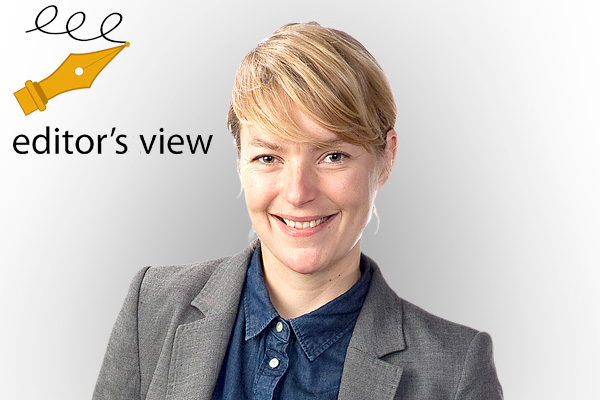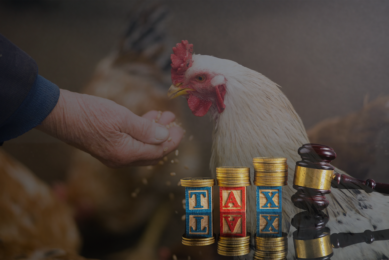Will ASEAN be the next EU?

Last week I spent a week in Bangkok, Thailand visiting one of the largest feed equipment and animal feed shows, the Victam Asia. The exhibition spaces were completely sold out. For me a clear sign that Asia is a (commercial) focus of attention for many feed companies. But what does Asia need itself?
When I say Asia I actually want to focus solely on ASEAN, the Association of Southeast Asian Nations (ASEAN). A ‘block’ formed in 1967 by Indonesia, Malaysia, the Philippines, Singapore, and Thailand to promote political and economic co-operation and regional stability. Brunei, Vietnam, Laos, Burma and Cambodia joined later. The area is 4.46 million square km and is home to approximately 580 million people (8,7% of the world population). In terms of number of people, relatively similar to the other ‘block’ called the European Union, home to a population of 503.5 million people.
Time to get into action
“Asia is a big market for us. There is huge potential here” is a phrase I heard many times from US and European companies exhibiting at Victam Asia. There is potential because the ASEAN region has a deadline. In 2015, the ‘Regional Comprehensive Economic Partnership’ between the ASEAN region and its six FTA (free trade agreement) partners Australia, China, India, Japan, Korea and New Zealand will come into effect. This will further cement ASEAN’s central role as an emerging hub of economic integration in the Asia-Pacific. Before this time the region wants to make sure a proper and solid feed and food traceability is in place that can be further fine-tuned in the coming years. No more talking, real action! Because without guarantees on feed and food quality you cannot be a serious trade partner.
No reinventing of the wheel
I think the potential for non-Asian companies therefore lies in selling solutions for ASEAN countries that are related with feed hygiene, feed quality and feed safety. GMP+ International for example has ‘invented’ a well working feed regulation scheme years ago, and shared this knowledge on a side symposium at Victam as well. The conference room was packed. And why would the ASEAN countries reinvent the wheel? Learn and share is what matters. That is also why the organisers of Victam held the first ASEAN feed and rice symposium at the Victam Asia. Again, a clear sign that the need for exchanging knowledge and to discuss the future plans of ASEAN is hunger for an international platform. A place where also non-Asian companies are present to share their experiences from a US and EU perspective.
Increase partnerships
Besides embracing feed and food security as a matter of permanent and high priority policy, ASEAN leaders also encourage partnership with concerned institutions, agencies, dialogue partners and international organisations. A great example of this is seen in Thailand. This country wants to increase its own position within the ASEAN region by investing heavily (121 million Euros in 2013 alone!) in a Thai Food Valley concept – based on the Dutch Food Valley NL concept. The money will be used to launch a pilot project in the North and North-Eastern regions of Thailand and to provide training on food safety issues. According to the Thai Minister of Industry – Prasert Boonchaisuk –, the establishment of a Thai Food Valley is crucial to further strengthening the position of the agrofood sector in Thailand, mainly in the fields of food safety and product innovation. Having different clusters like this makes it easier for Dutch and other European companies to access the ASEAN markets.
Increase the GDP?
The goals are ambitious, the ASEAN region want to become a highly competitive economic region with equitable economic development, a region fully integrated into the global economy and rural poverty alleviation. The EU may serve as an example and therefore many non-Asian companies have much to offer to this region: whether it is training and implementation of GMP+ standards, selling and advising on new feed equipment or new feed additives to make the livestock industry more competitive. But will the ASEAN region be ever as strong as the EU? The ASEAN region has a total Gross domestic product (GDP) of US$3. 574 trillion. Per capita this comes down to US$5, 930. The EU has a total GDP of US$16. 773 trillion, per capita this is US$33, 084. A great gap, but that is why we say the ASEAN region has ‘great potential’.











